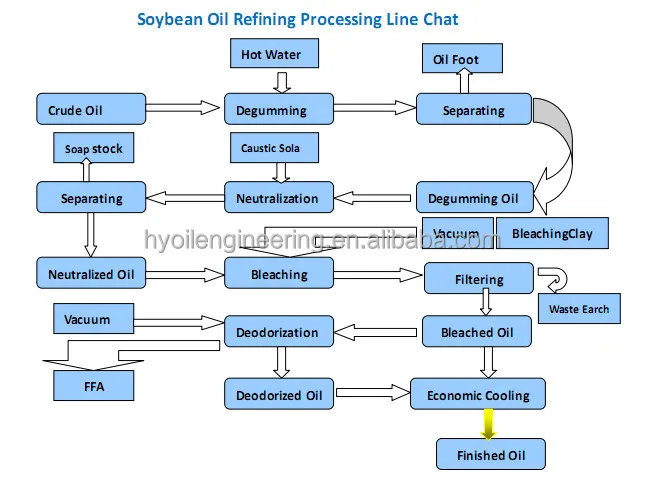 If you are an auto hobbyist, young machinist, do-it-yourselfer or avid tinkerer, you might have heard the time period “penetrating oil.” Penetrating oil is an umbrella term that refers to a class of lubricants with a skinny, water-like consistency, similar to WD-forty, Kroil, PB Blaster and Zep. These low-viscosity lubricants are completely different than thick-film or “fluid” lubricants, they usually play a essential function in engineering.
If you are an auto hobbyist, young machinist, do-it-yourselfer or avid tinkerer, you might have heard the time period “penetrating oil.” Penetrating oil is an umbrella term that refers to a class of lubricants with a skinny, water-like consistency, similar to WD-forty, Kroil, PB Blaster and Zep. These low-viscosity lubricants are completely different than thick-film or “fluid” lubricants, they usually play a essential function in engineering.
Definition
A penetrating oil is a petroleum-primarily based, low-viscosity lubricant. Its low viscosity lets it seep into bolt treads and different tight spaces, allowing for looser, easier movement.
Properities
What sets penetrating oils apart from other lessons of lubricants is their low viscosity. Viscosity refers to a liquid’s or semi-strong’s resistance to flowing when a power equivalent to gravity, pressure or a siphoning impact is utilized to it. Part of a class of petroleum-based mostly lubricants often known as skinny-film lubricants, penetrating oils’ low viscosity is on par with water. Because of this, penetrating oil is available in liquid and aerosol kinds. Finally, as a petroleum product, penetrating oil is very water-repellent.
Standard Uses
Commonly used within the automotive, power and manufacturing industries, penetrating oils have three normal functions: lubricating quickly shifting or sensitive machine parts; loosening treads on bolts, axles and other fasteners; and as a water repellent/anti-corrosive coating. The low viscosity permits the oils to lubricate without adding resistance between components. Additionally, with aerosol spray, it is much easier to apply and reapply the penetrating oil to arduous-to-attain places.
When utilized to caught treads, the low-viscous oil will seep deep into the slim locations (therefore the term “penetrating”) to dissolve encrusted residue and free the pieces. If a tightly fit shifting half is making noise, penetrating oil utilized to the surface will seep into the microscopic house between the steel as a lubricating layer.
Given their tendency to expand throughout surfaces in a uniform coat (brought on by a phenomenon known as weak surface tension) in addition to their natural capacity to repel water molecules, penetrating oils are efficient at defending iron and aluminum from rust. Machinists and engineers are effectively-conscious of this additional advantage, and often use it as a protectant for commercial and industrial products.
Non-Normal (But Still Fairly Cool) Makes use of
With the exception of the ten % to 15 percent in inert materials and up to 20 p.c in liquified carbon dioxide, penetrating oils are composed totally of hydrocarbons. Hexane, which is a liquid beneath regular conditions, happens to be a superb nonpolar solvent. Water, a polar solvent, is sweet at dissolving and breaking up sure substances similar to salts, sugars and metallic ions, however ineffective at dissolving oil, fats, plastics or other nonpolar solvents. Therefore, penetrating oils can be utilized to remove chewing gum, stickers, everlasting marker, dripped varnish, acryllic paint, spray paint and other nuisances that cannot be easily damaged up by water.
Top Manufacturers
WD-forty, literally the inventor’s 40th system for a water-displacement solution, is the oldest and most acquainted brand of penetrating oil. However, newer manufacturers, most notably Kroil, PB Blaster and Zep, are strongly most well-liked by mechanics and engineers for their lower viscosity, resistance to evaporation and superior solvent strength.
Related Searches
References
Functions Of Lubricants
Overview Of Lubrication Products
Forum Dialogue Of Penetrating Oils By Professional Engineers
Promoted By Zergnet
Leave A Comment